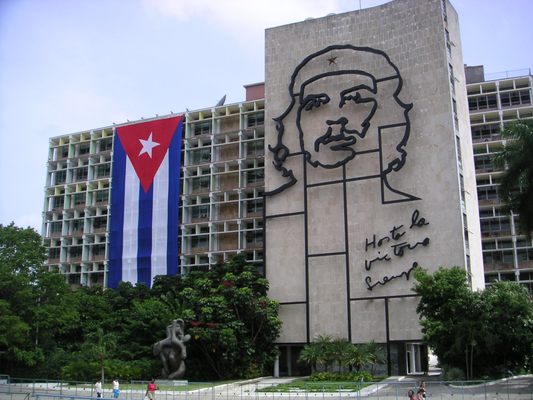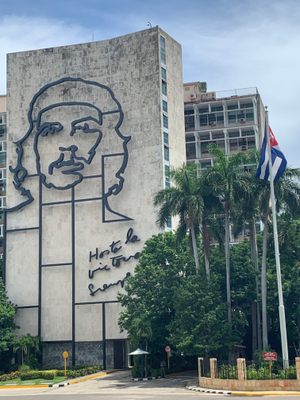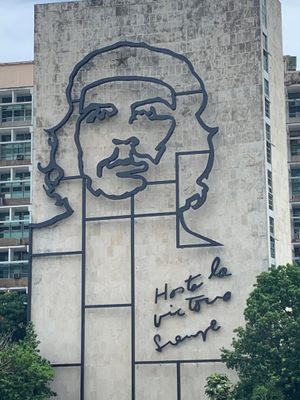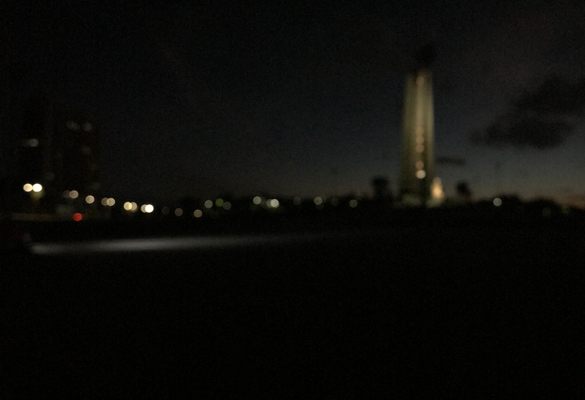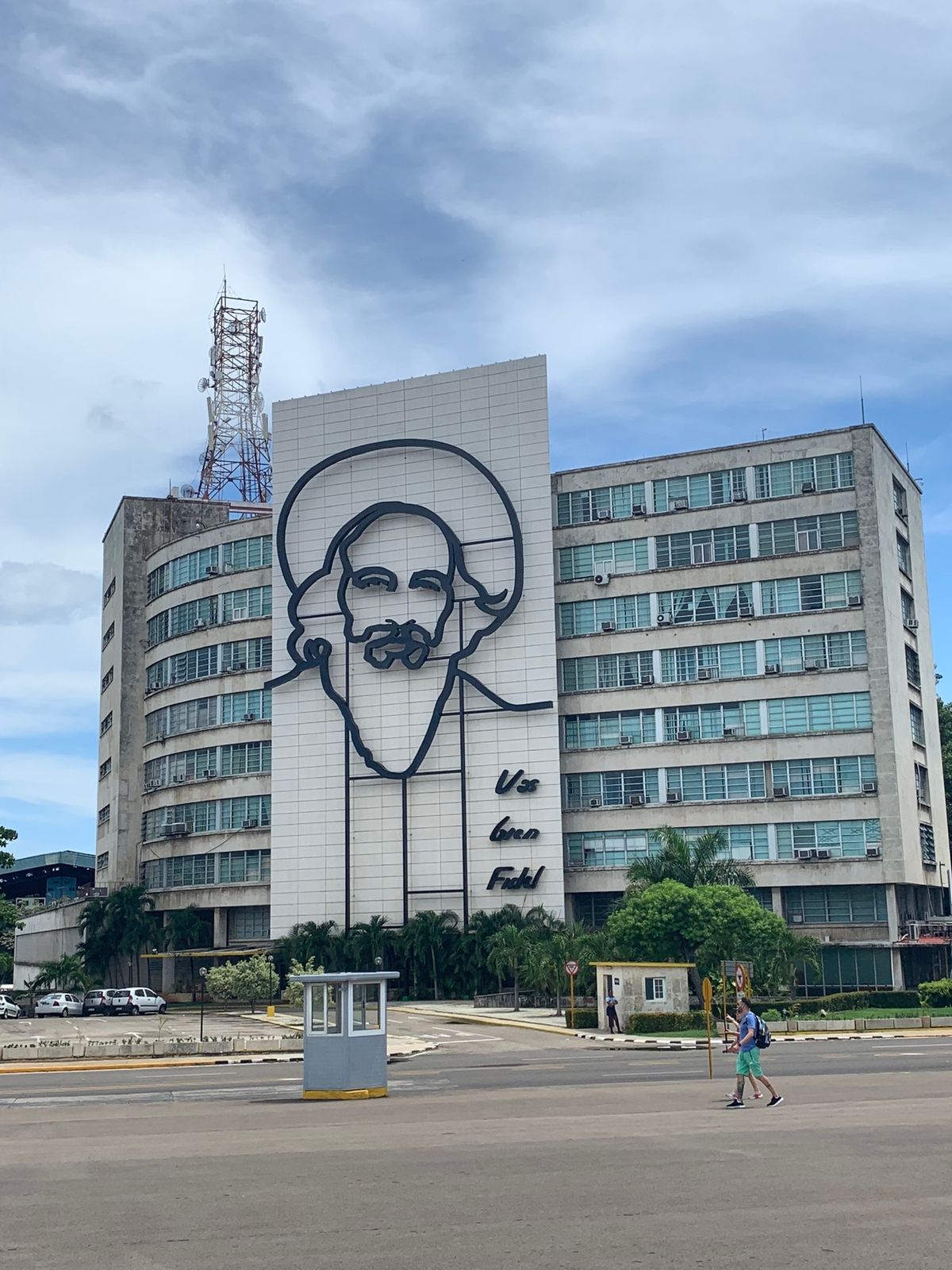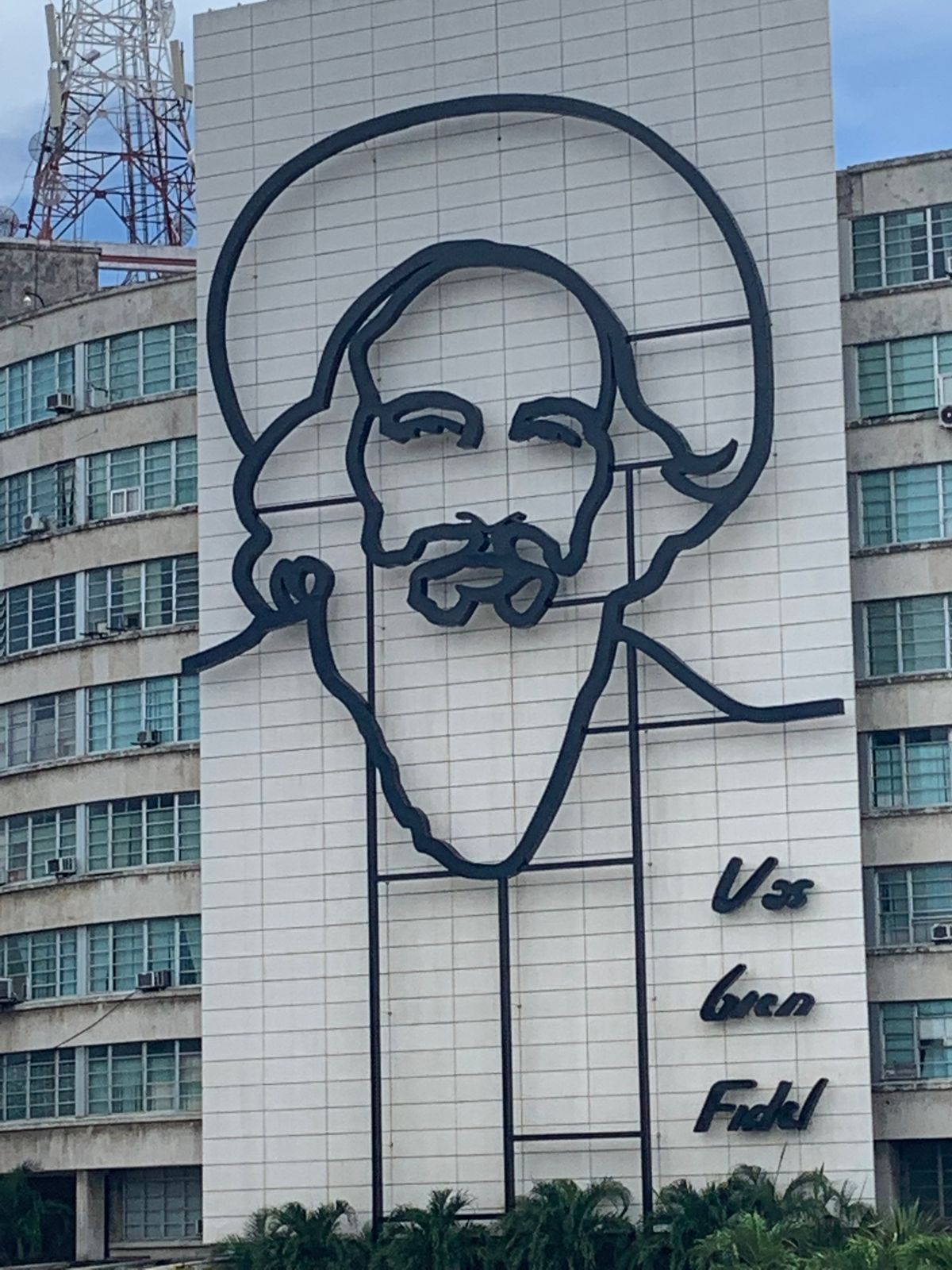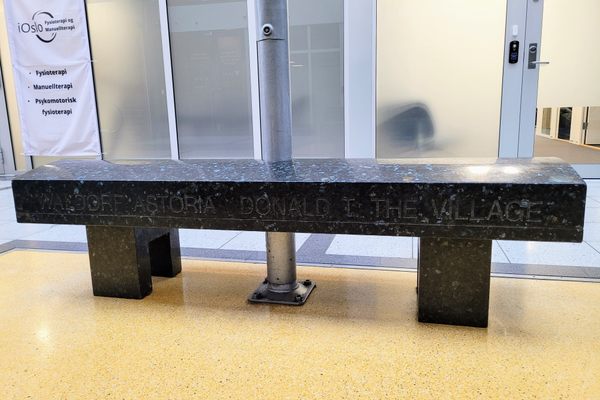About
Located in Havana, Cuba, the Plaza de la Revolución (Revolution Square) is one of the largest city squares in the world.
Encompassing 11 acres, the square was conceived by the French Urbanist Jean Claude Frostier and built on the Loma de los Catalanes hill during the Batista era. Until 1959 it was known as Plaza Civica, but following the Cuban Revolution the plaza was renamed by Fidel Castro.
The vast Plaza de la Revolución is surrounded by grey administrative buildings that today house some of the most important offices of Cuba’s vast governmental bureaucracy. Huge political rallies are held in the area and the Castro brothers, along with the other leaders of the Cuban government, have addressed millions of Cubans from the square.
The square is dominated to the north by the Jose Marti Memorial, which predates the revolution. A 109-meter-tall tower built from gray granite stones stands in front of the Palace of Revolution, the seat of the Cuban Government. The National Library, Cuba’s largest, and several other important government buildings are also located in the vicinity.
Arguably one of the most iconic images in Cuba is a giant mural of Cuba’s revolutionary hero Ernesto "Che" Guevara. The can be found on the eastern facade of the Ministerio del Interior, a grey concrete monolith situated to the northern side of the plaza.
The steel sculpture is modeled in the likeness of Che’s 1960 iconic photograph captured by Alberto Koda — the very same one to be found in every backpacker hangout the world over. Below, you can see his most famous utterance “Hasta La Victoria Siempre.” ("Always onwards onto victory"). At night, the mural is lit from behind with a golden glow that is said to symbolize the spirit of Cuba’s revolution.
In 2009, Che’s mural gained a companion. A portrait of Camilo Cienfuegos was installed on the adjacent Telecommunications Building with the words “Va Bien, Fidel” emblazoned below.
The Plaza de la Revolución is the administrative focal point of Cuba — the buildings, ministries and governmental divisions that operate from the plaza form an integral part of present-day Cuba. When Pope Jean Paul II had held Mass in the Plaza back in January 1998, nearly a million Cubans congregated at the location.
The plaza captures the raw spirit and heritage of Cuba. A few memorials and sculptures like the contemplative man in front of the Jose Marti Memorial and the Monumento El Legado Cultural Hispánico behind the National Library capture the varied and long cultural heritage of the Communist nation. A trip to the country would be incomplete without visiting this square.
Adapted with Permission from Andy of Go Apocalypse.
Related Tags
Community Contributors
Added By
Published
July 12, 2016
